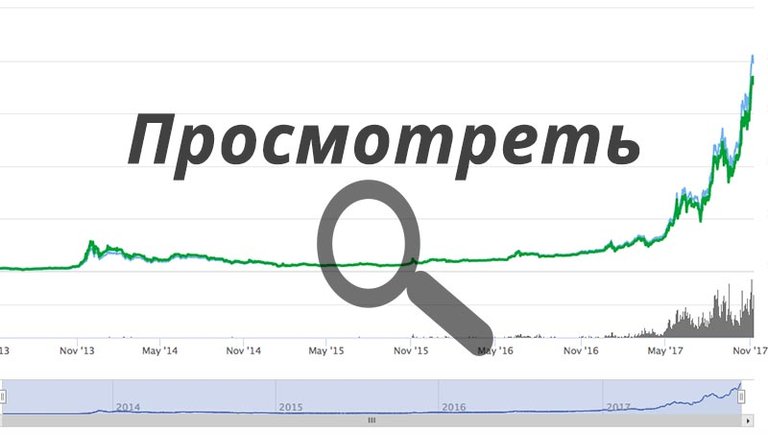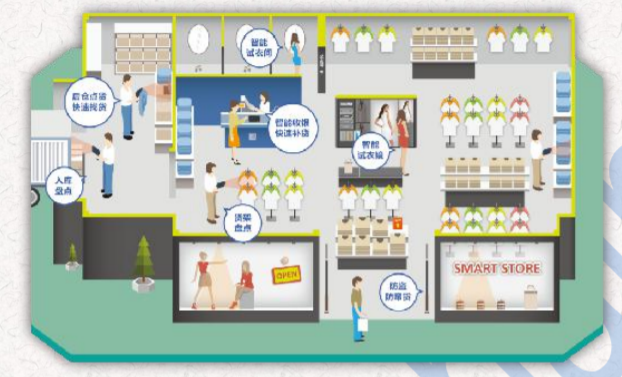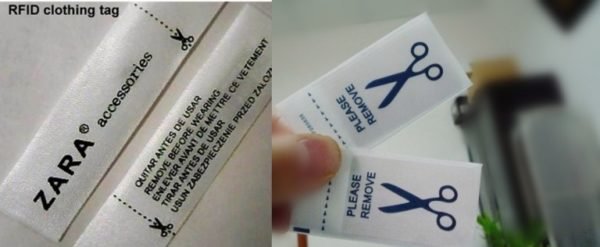The current course.The schedule of development.Birzhi.Social networks:

Product
Command
Video
ICO
useful links
What does the company / project do?
Waltonchain (WTC) is a Chinese block project that aims to track physical objects on a block circuit using RFID technology.
By placing an RFID tag on physical objects, such as clothing, Walton can track where the goods are in the manufacturing and retailing process.

This is for automatic updates of the location of an element without the need for manual scanning. This will allow the decentralized supply chain, providing information about the history of the product.
This information can be used to improve the product, track production errors and reduce costs.
A bit of history
Walton comes from Charlie Walton, who was born in California, died on November 30, 2011. As an inventor of RFID technology, he devoted his life to developing RFID technology.
He received the first patent associated with RFID technology in 1973, and eventually received more than 50 patents for inventions. He created a new era of RFID and made an outstanding contribution to developing RFID.
Currently, RFID technology is widely used in various applications around the world: from identification to highway, mobile payment, credit card payment, we can see RFID everywhere.
The project was founded on November 30, 2016, the fifth anniversary of the death of Charlie Walton. In commemoration of the great inventor of RFID technology, the project was named "Waltonchain" to continue its invention and pave the way for the future.
Token
As mentioned above, in the Walton ecosystem, the main underlying chain is called waltonchain, in which the token used for handling and payment is called waltoncoin (hereinafter referred to as WTC).
WTC is the most important digital token in the Walton ecosystem, the total WTC is 100 million, abbreviated 10-8, created and installed in the Genesis block. This number is permanent, no more tokens will be issued.
What are RFID tags

Radio frequency identification (RFID) is a tiny label of the size of rice that can be embedded in clothing and almost any product. RFID tags can be read directly by a sensor that is nearby (even without a line of sight).
This means that it can be automatically read by machines when the object moves down the conveyor belt during the production process.
RFID tags are already used for tracking clothes, tracking animals, automatic payment in paid vendors, tracking delivery and inventory management.
RFID is preferable to barcodes, because machines are easier to read, with possible applications with unmanned aerial vehicles.

This technology is used mainly in the concept called "Internet of Things" (IoT). IoT is basically a binding of physical objects to the Internet.
However, one of the drawbacks of existing IoT models is that network interactions occur only between verified and pre-approved parties. In other words, it is not a completely open system.
Waltonchain and (VIoT)
Waltonchain wants to present a new concept called Value Internet of things (VIoT). It will be based on IoT, including blockchain technology. RFID tags and RFID readers are used in Waltonchain.
An RFID tag is a device that must be connected to a circuit, and an RFID reader is a node in the chain. The Walton software consists of the Waltonchain software system, the Walton protocol and the Walton coin (WTC).
Application of technology
Functional store chart

The real application of Waltonchain refers to the garment industry. The RFID chip is placed on each product. Information is updated on the block chain for storage and transportation.
Finally, you can use it to write a product in the store, as well as information about customers and preferences. In general, this simplifies the production process, reduces costs, and also creates access to the decentralized center.
One of the problems is how to safely connect RFID and prevent fraud. How do we prohibit people from receiving RFID, and then declare that it comes with this particular object? This is one problem that Waltonchain must solve before it can actually take off.
Conclusion
As you can see, Waltonchain is certainly a godsend when it comes to effectively streamlining supply chain management, minimizing costs and creating decentralized storage.
It remains only to see how many manufacturers of products will adopt this new technology.